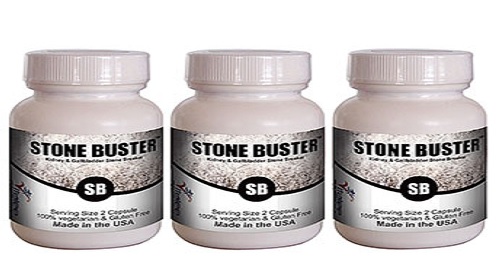
Kidney stones, medically known as renal calculi, are hard deposits made of minerals and salts that form inside the kidneys. They can be incredibly painful and, in some cases, lead to serious complications. Fortunately, there are effective methods to prevent and treat kidney stones. This comprehensive guide delves into the causes, symptoms, prevention strategies, and various treatment options, earning the moniker “Kidney Stone Buster.”
Kidney stones develop when urine contains more crystal-forming substances such as calcium, oxalate, and uric acid than the fluid in your urine can dilute. At the same time, your urine may lack substances that prevent crystals from sticking together, creating an ideal environment for kidney stones to form.
The kidney stone buster approach focuses on understanding these factors to effectively prevent and treat kidney stones.
There are several types of kidney stones, each formed from different substances:
Kidney stones might not cause symptoms until they move around within your kidney or pass into your ureter. When they do, you may experience the following:
Preventing kidney stones involves a combination of lifestyle changes and, in some cases, medications. The kidney stone buster approach emphasizes these preventive measures to reduce the risk of stone formation.
Drinking plenty of water is one of the most effective ways to prevent kidney stones. Aim to drink enough fluids to pass about 2.5 liters of urine a day, which can help flush the kidneys and reduce the concentration of stone-forming minerals.
For those with a history of kidney stones, doctors may prescribe medications to control the levels of certain substances in the urine. For instance, thiazide diuretics can reduce calcium in the urine, while allopurinol can decrease uric acid levels.
When prevention isn’t enough, several treatment options are available to manage kidney stones. The kidney stone buster approach includes a variety of treatments tailored to the size and type of stone.
Kidney stone pain can be severe. Over-the-counter pain relievers like ibuprofen, acetaminophen, or naproxen can help. For more intense pain, your doctor may prescribe stronger medications.
Certain medications can help speed the passage of stones. Alpha-blockers relax the muscles in your ureter, making it easier for the stone to pass more quickly and with less pain.
This non-invasive treatment uses sound waves to break the stones into smaller pieces that can be passed more easily in the urine. It’s typically used for stones that are too large to pass naturally or are causing significant pain.
A thin, flexible tube with a light and camera is passed through your urethra and bladder to your ureter. Once the stone is located, it can be removed or broken into smaller pieces using laser energy.
For larger stones or those that cannot be treated with ESWL or ureteroscopy, a surgeon may perform percutaneous nephrolithotomy. This involves making a small incision in your back and using a scope to remove the stone directly.
Advances in medical technology continue to improve the diagnosis and treatment of kidney stones. Imaging technologies like CT scans and ultrasounds allow for precise localization and characterization of stones. Research is also ongoing to develop better medications and treatment protocols, as well as to understand the genetic factors that may predispose individuals to kidney stones.
The kidney stone buster approach stays abreast of these advancements to provide the most up-to-date and effective care.
Kidney stones are a common but preventable condition. Understanding the types of stones, recognizing the symptoms, and following preventive measures can significantly reduce the risk. For those who do develop kidney stones, a range of treatments is available, from medication and lifestyle changes to advanced medical procedures. Staying informed and proactive is key to managing kidney stones effectively, making the kidney stone buster approach an essential part of your health regimen. By integrating these strategies, you can reduce the likelihood of kidney stones and ensure prompt and effective treatment should they occur.